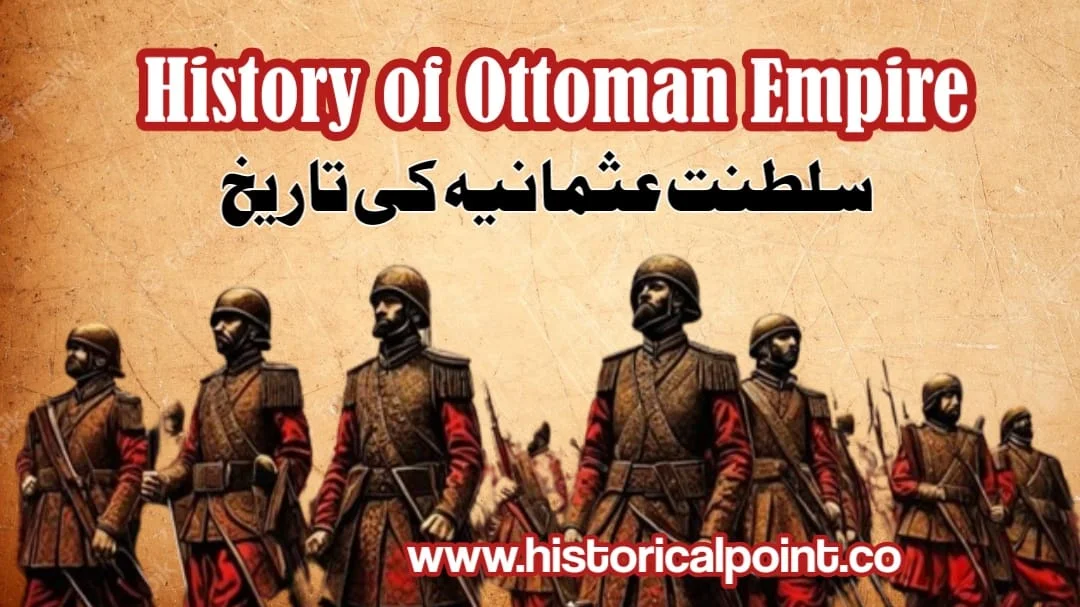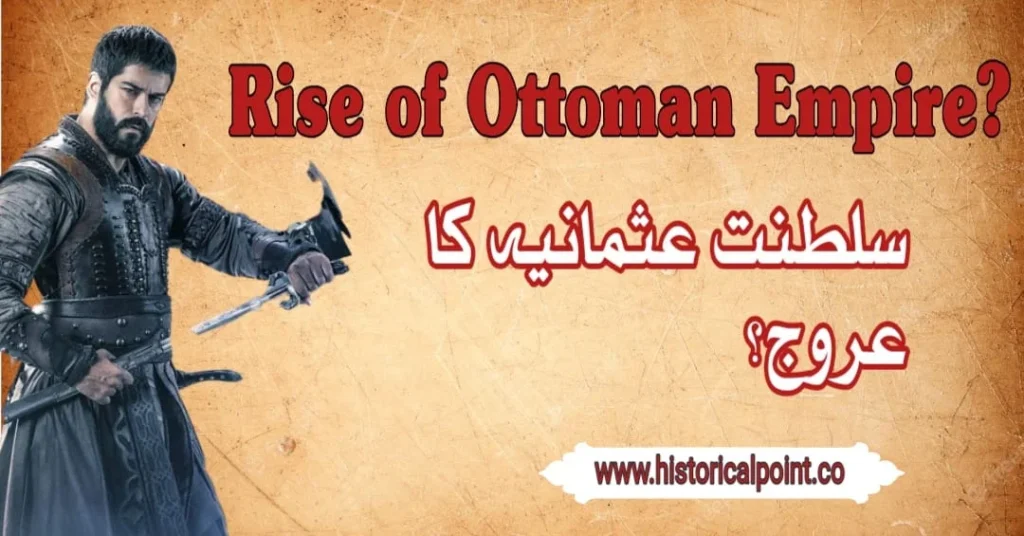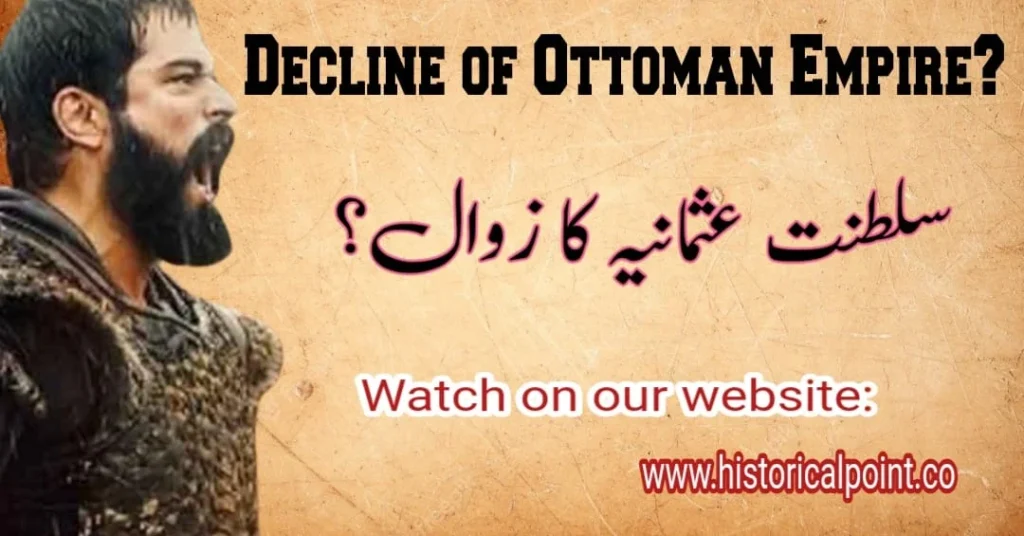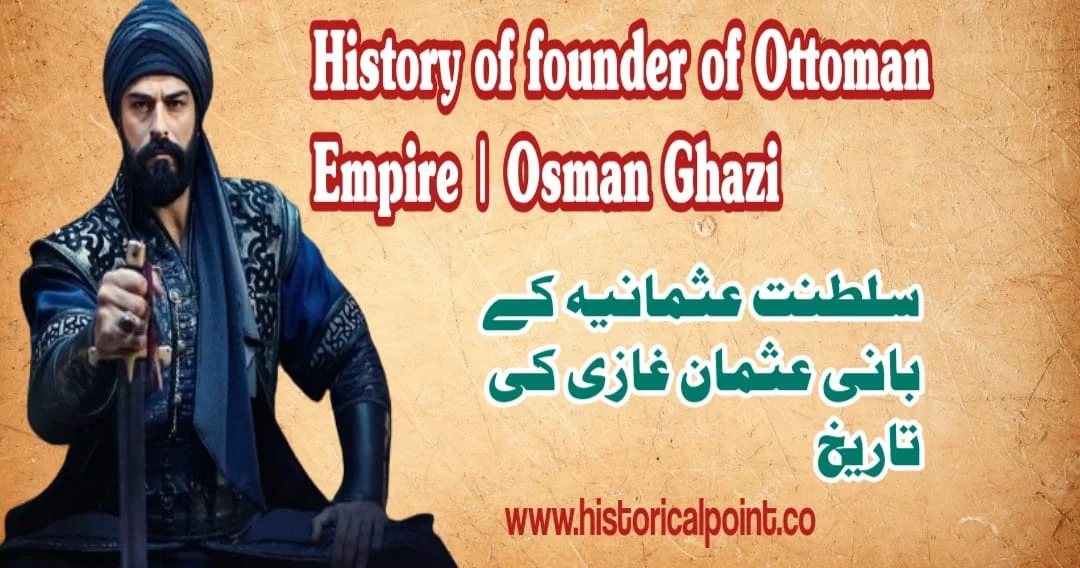
Explore the rich history of the Ottoman Empire, from its rise and golden age to its decline and lasting legacy.The Ottoman Empire was one of the longest-lasting and most influential empires in world history.
Spanning from the late 13th century to the early 20th century, it played a crucial role in shaping the political, cultural, and economic landscape of the regions it controlled. This blog explores the rich history of the Ottoman Empire, detailing its rise, peak, decline, and eventual fall.
Origins and Early Expansion
The Founding of the Ottoman Empire
The Ottoman Empire traces its origins to the late 13th century in northwestern Anatolia. The founder, Osman I, established a small principality that gradually expanded through strategic marriages, alliances, and military conquests. The name “Ottoman” is derived from Osman’s name.
Expansion under Osman I and Orhan
Osman’s son, Orhan, succeeded him and continued the expansionist policies. The Ottomans took control of key Byzantine cities, including Bursa, which became the first capital of the Empire. Orhan’s reign saw the beginning of the use of professional soldiers, the Janissaries, who played a crucial role in the Empire’s military successes.
The Rise to Power

Murad I and the Battle of Kosovo
Murad I expanded the empire further into the Balkans, culminating in the pivotal Battle of Kosovo in 1389. Although Murad was killed, the victory secured Ottoman dominance in the region. The incorporation of the Balkan territories significantly boosted the Empire’s power and resources.
Bayezid I and the Battle of Nicopolis
Bayezid I, also known as “The Thunderbolt,” continued his father’s expansionist policies. His victory at the Battle of Nicopolis in 1396 against a coalition of European crusaders solidified Ottoman control in southeastern Europe. However, Bayezid’s capture by Timur in the Battle of Ankara in 1402 led to a period of civil strife known as the Ottoman Interregnum.
The Golden Age
Mehmed II and the Conquest of Constantinople
The reign of Mehmed II, also known as Mehmed the Conqueror, marked the beginning of the Empire’s Golden Age. In 1453, he captured Constantinople, bringing an end to the Byzantine Empire. This conquest transformed the Ottomans into a major world power and established Istanbul as the new capital.
Suleiman the Magnificent
Suleiman the Magnificent, who ruled from 1520 to 1566, is often considered the greatest Ottoman sultan. His reign saw the Empire reach its territorial peak, stretching from Hungary to the Persian Gulf and from the Crimean Peninsula to North Africa. Suleiman implemented significant legal reforms, which earned him the title “The Lawgiver” (Kanuni) in the Muslim world.
Cultural Flourishing
The Golden Age was not only a period of military and political success but also of cultural and architectural achievements. The Empire became a center of arts, science, and literature. The construction of monumental buildings, such as the Suleymaniye Mosque in Istanbul, exemplified the architectural prowess of the Ottomans.
Click here to read more about this.
The Decline of the Ottoman Empire

Internal Struggles and External Pressures
The decline of the Ottoman Empire began in the late 16th century due to a combination of internal and external factors. Succession disputes and corruption weakened the central authority, while external pressures from European powers and rising nationalist movements within the Empire’s territories posed significant challenges.
The Treaty of Karlowitz
The Treaty of Karlowitz in 1699 marked a significant turning point. After a series of defeats, the Ottomans were forced to cede substantial territories in Central Europe to the Habsburgs, Poland, and Venice. This loss signaled the end of Ottoman dominance in Europe.
The Tanzimat Reforms
In the 19th century, in an attempt to modernize and centralize the administration, the Ottomans implemented the Tanzimat reforms. These reforms aimed to reorganize the military, legal, and educational systems and were inspired by European models. Despite some successes, the reforms were unable to stop the Empire’s decline.
The Fall of the Ottoman Empire
The Balkan Wars
The early 20th century saw the Ottoman Empire losing its remaining European territories during the Balkan Wars (1912-1913). These wars further weakened the Empire and accelerated its disintegration.
World War I and the Treaty of Sèvres
The Ottoman Empire’s involvement in World War I on the side of the Central Powers led to its ultimate downfall. After the war, the victorious Allied Powers partitioned the Empire under the Treaty of Sèvres in 1920. This treaty aimed to dismember the Ottoman territories, sparking resistance within Turkey.
The Turkish War of Independence and the Treaty of Lausanne
The Turkish War of Independence (1919-1923), led by Mustafa Kemal Atatürk, resulted in the abolition of the Sultanate in 1922 and the establishment of the Republic of Turkey in 1923. The Treaty of Lausanne, signed in 1923, recognized the boundaries of the modern Turkish state and effectively marked the end of the Ottoman Empire.
Legacy of the Ottoman Empire
Cultural and Architectural Heritage
The Ottoman Empire left a lasting legacy in the regions it controlled. Its architectural achievements, such as mosques, bridges, and palaces, continue to awe visitors. The cultural influences of the Ottomans can be seen in the arts, cuisine, and traditions of modern-day Turkey and other former Ottoman territories.
Legal and Administrative Reforms
The legal and administrative systems implemented by the Ottomans influenced the governance structures of many successor states. The millet system, which allowed religious communities a degree of autonomy, served as a model for managing multi-ethnic and multi-religious societies.
Influence on Modern Turkey
The establishment of the Republic of Turkey by Mustafa Kemal Atatürk marked a significant break from the Ottoman past. However, the legacy of the Empire can still be seen in modern Turkey’s cultural and political institutions. Atatürk’s reforms, while modernizing Turkey, also retained certain elements of the Ottoman administrative and legal traditions.
Conclusion
The history of the Ottoman Empire is a testament to its resilience, adaptability, and influence over several centuries. From its humble beginnings in Anatolia to its expansion into a vast and diverse empire, the Ottomans played a crucial role in shaping the history of Europe, the Middle East, and North Africa. Despite its decline and eventual fall, the legacy of the Ottoman Empire continues to impact the world today, reflecting its enduring significance in global history.



